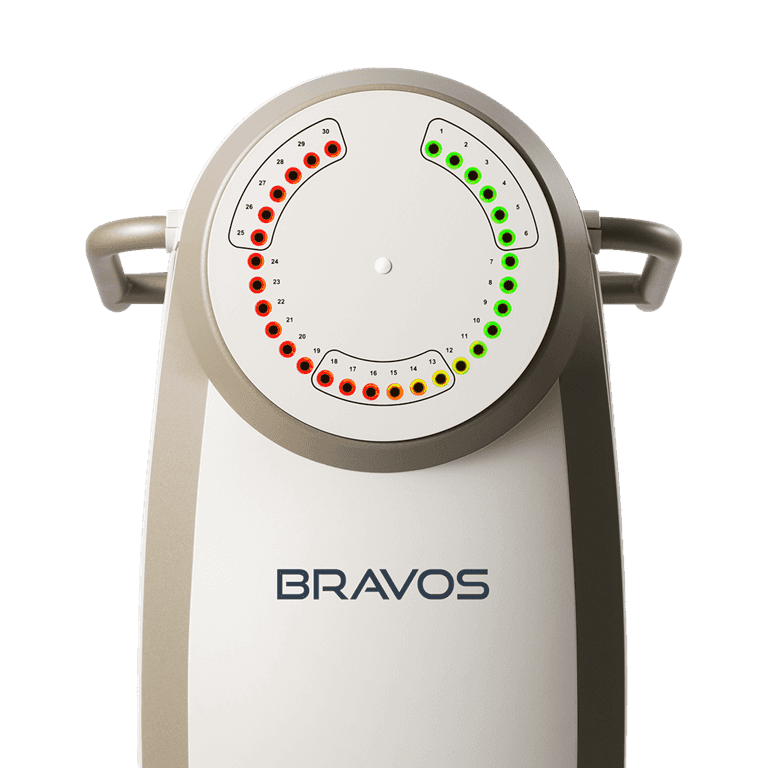What is brachytherapy?
Brachytherapy is a type of radiation treatment that can be used to manage multiple types of cancer, including cancer of the prostate, cervix, endometrium, breast, skin, bronchus, esophagus, and head and neck, soft tissue sarcomas, and several other types of cancer. Brachytherapy involves implanting small radioactive sources permanently or temporarily, depending upon the type of cancer. Sometimes, brachytherapy is referred to as "internal radiotherapy."


